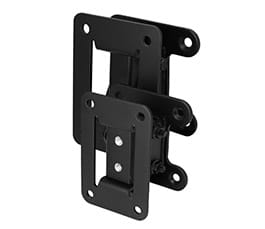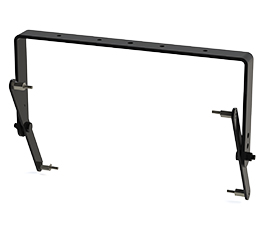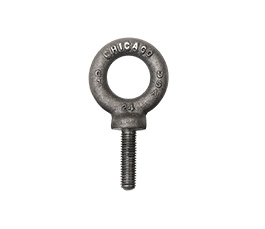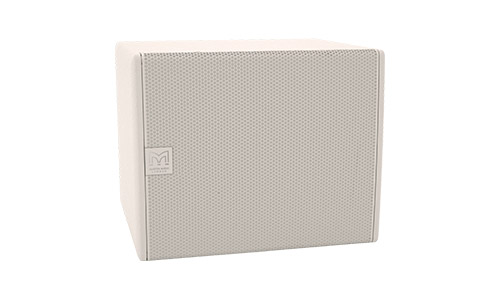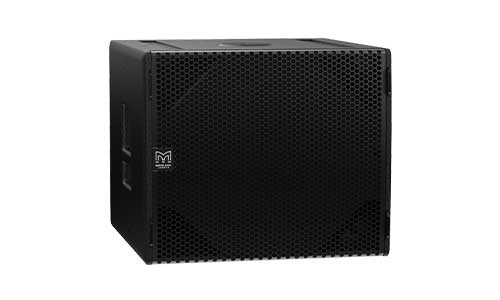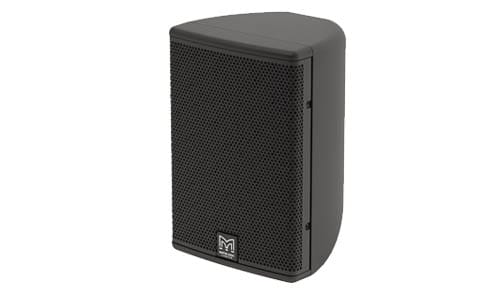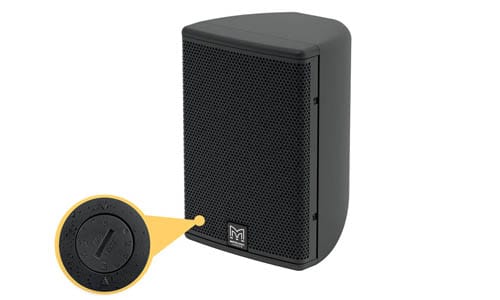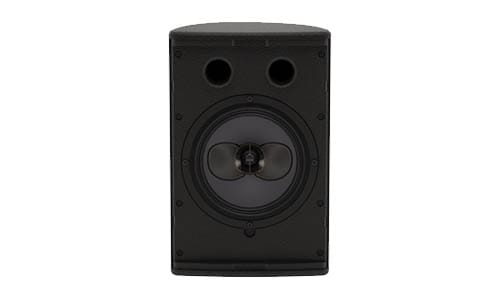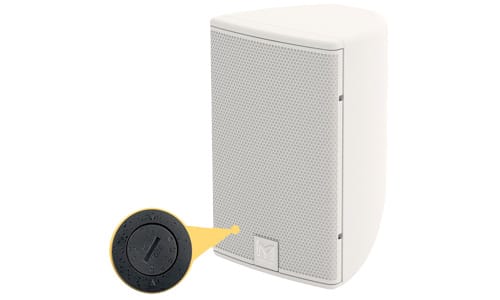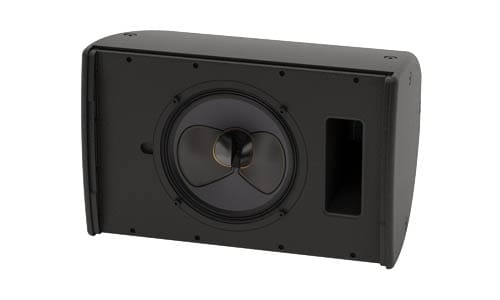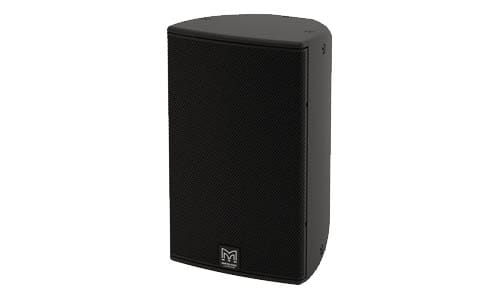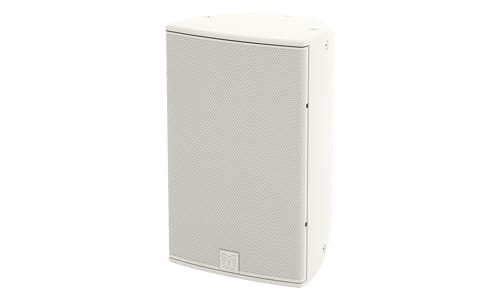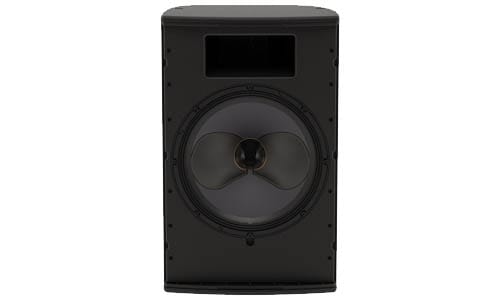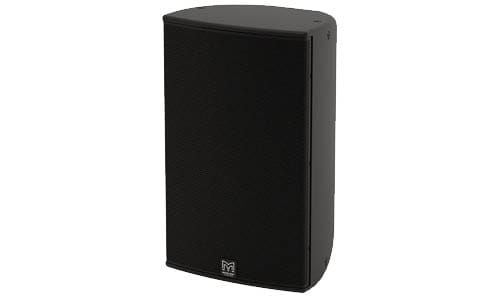| TYPE | Compact, Coaxial Differential Dispersion passive two-way system |
| FREQUENCY RESPONSE (5) | 65Hz-20kHz ± 3dB, -10dB @ 55Hz |
| DRIVER | LF: 10” (250mm)/2.5” (63.5mm) voice coil, long excursion, shared ferrite motor with HF HF: 1” (25mm) exit/1.4” (38mm) voice coil, polyimide dome compression driver |
| RATED POWER (2) | 120W AES, 240W peak |
| TRANSFORMER SETTINGS | 70V line: 120W, 60W, 30W, 15W (no low impedance) 100V line: 120W, 60W, 30W(no low impedance) |
| SENSITIVITY (8) | 96dB |
| MAXIMUM SPL (9) | 117dB continuous, 123dB peak |
| NOMINAL IMPEDANCE | Line transformer taps: 42, 83, 166, 333 ohms |
| DISPERSION (-6dB) | 110˚-75˚ horizontal, 60˚ vertical (user-rotatable) |
| CROSSOVER | 2kHz passive |
| ENCLOSURE | 28 litre, composite material |
| FINISH | Black or white textured paint |
| PROTECTIVE GRILLE | Black or white perforated steel with scrim cloth backing |
| CONNECTORS | Terminal block with spring connections |
| PHOENIX CONNECTOR 5 WAY | 70V: Common, 15W, 30W, 60W, 120W 100V: Common, 30W, 60W, 120W |
| FITTINGS | 6 x M8 inserts for wall bracket 10 x M8 fly points |
| DIMENSIONS | (W) 323mm x (H) 513mm x (D) 310mm (W) 12.7ins x (H) 20.2ins x (D) 12.2ins |
| WEIGHT | 16.9kg (37.23lbs) |
 Where to Buy or Rent
Where to Buy or Rent The CDD10TX is a very compact two-way passive loudspeaker system incorporating a 70V/100V transformer (with a 5-way connector) that utilises a 10” (250mm) LF/1” (25mm) exit HF Coaxial Differential Dispersion driver.
It is uniquely placed to meet the foreground requirements of varied architectural applications that require upfront sound levels from a very compact enclosure and that benefit from amplifier efficiency by being able to daisy-chain loudspeakers through use of the inbuilt transformer.
Features
- Compact, CDD™ passive two-way system
- Coaxial Differential Dispersion™ technology
- Elegant UPM Formi composite enclosure
- User-rotatable coaxial drive unit
- Vertical and horizontal mounting options
- Screw-free perforated steel grille
- Discreet mounting accessories
- Integral inserts for eyebolt suspension
- Black or white standard colour options
- 70V/100V line transformer (no low impedance)
Applications
- Live Music Clubs and Bars
- Nightclubs
- Bars and Restaurants
- Museums and AV Spaces
- Convention Centres
- Hotels
- Retail Outlets
- Leisure Centres
- Houses of Worship
The Coaxial Differential Dispersion technology employed in the CDD10TX delivers more consistent audience coverage than systems with fixed X° x Y° coverage patterns — projecting relatively more output to the rear of the audience, while having wide horizontal coverage close-up. Its innovative CDD driver achieves ‘point source’ summation of the LF and HF sections — eliminating off-axis variations in frequency response associated with non-coaxial designs. Improving on conventional coaxial designs, which can suffer from high-frequency beaming, the driver features a static waveguide that merges seamlessly with the unique cone shape — maintaining the dispersion pattern out to very high frequencies.
The visually distinctive composite enclosure can be used in either horizontal (landscape) or vertical (portrait) orientation, with rotation of the driver easily accomplished by removing the screw-free, protective grille. The curved shape of the CDD10TX allows it to be surface-mounted close to a wall via an optional wall bracket or suspended from a ceiling by eyebolts or a horizontal yoke option.
Finished in black (RAL9005) or white (RAL9016) as standard, the CDD10TX can be supplied in any RAL colour to order.
A full-range, passive two-way system, the CDD10TX should be used with a compatible controller with appropriate limiter settings to provide system protection.
When used with the DX4.0 controller or an iKON amplifier, there are now enhanced DSP and FIR based pre-sets to deliver the absolute maximum performance and fidelity while limiter settings protect the integrity of the system. Note that this speaker is high impedance only; there is no low impedance mode.
Martin Audio CDD10TX
The loudspeaker shall be the Martin Audio CDD10TX.
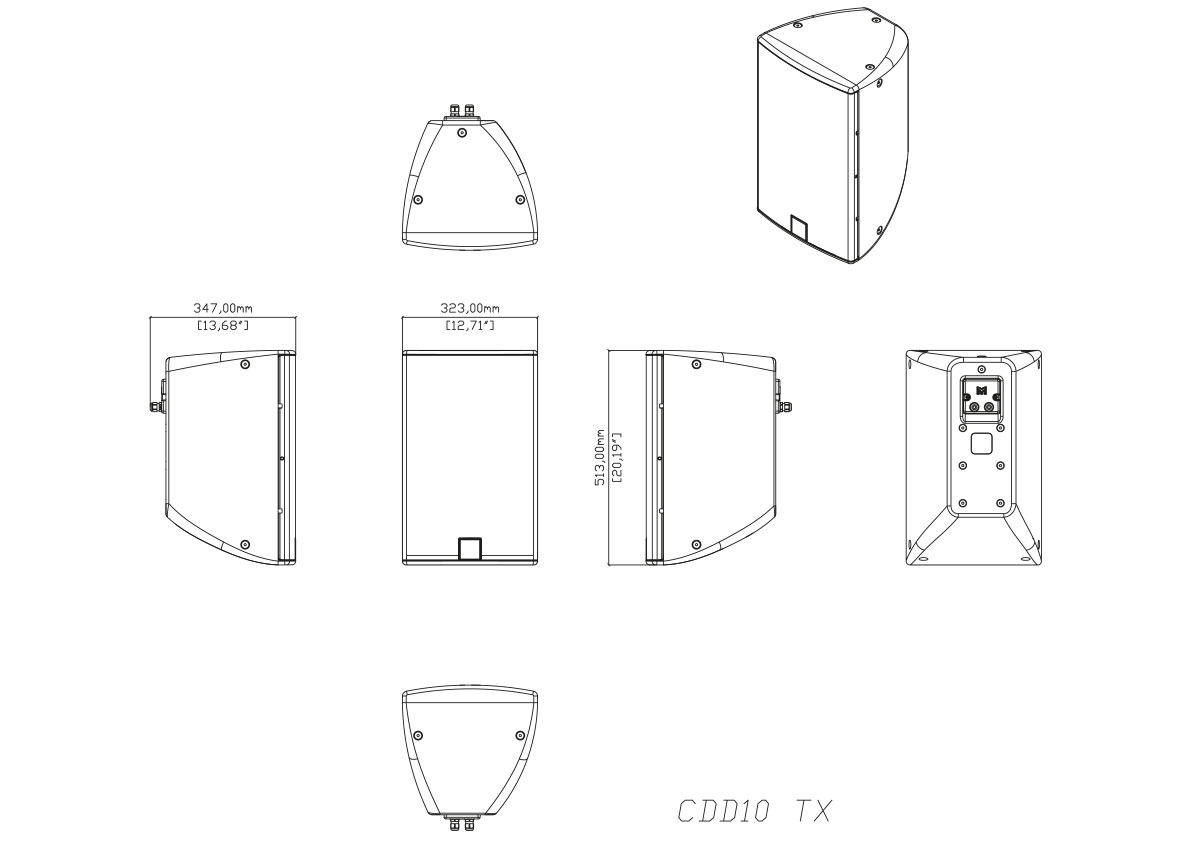
All information is Copyright. Martin Audio Ltd.
Technical Drawings for CDD10TX
JPEG DWG PDF
3D SketchUp Models for CDD10TX
none currently available
Revit File for CDD Series loudspeakers
Revit File Revit Notes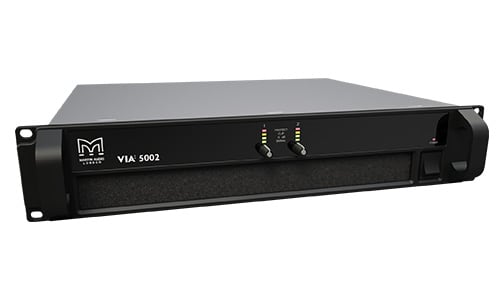
VIA5002
Two-Channel 5000W Class D Amplifier
Lightweight 2U Rack Height
1600 Watts/Channel @ 8 Ohms

iK41
Four-channel 6,000W Class D Power Amplifier
Amplifier
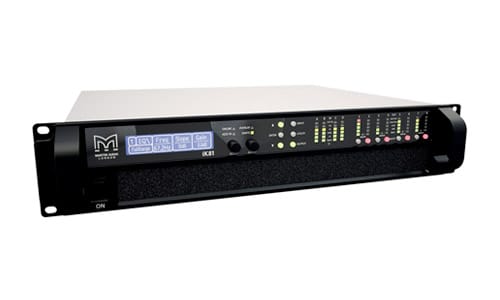
iK81
Eight-channel 10,000W Class D Power Performance Amplifier
Amplifier
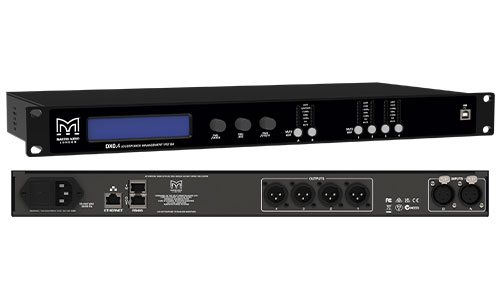
DX0.4
2-input, 4-output system processor Networked System Controller
Controller
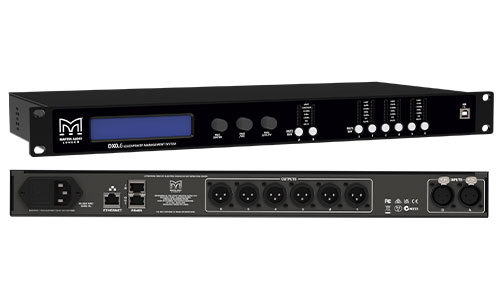
DX0.6
2-input, 6-output system processor Networked System Controller
Controller
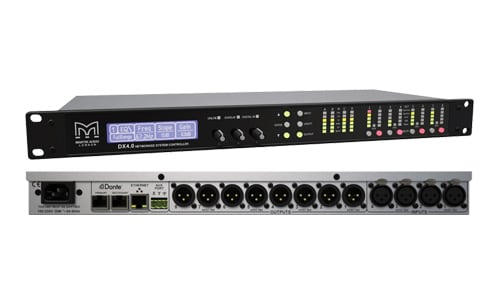
DX4.0
4-in-8-out Networked Loudspeaker Processor, Controller and Matrix
Controller

